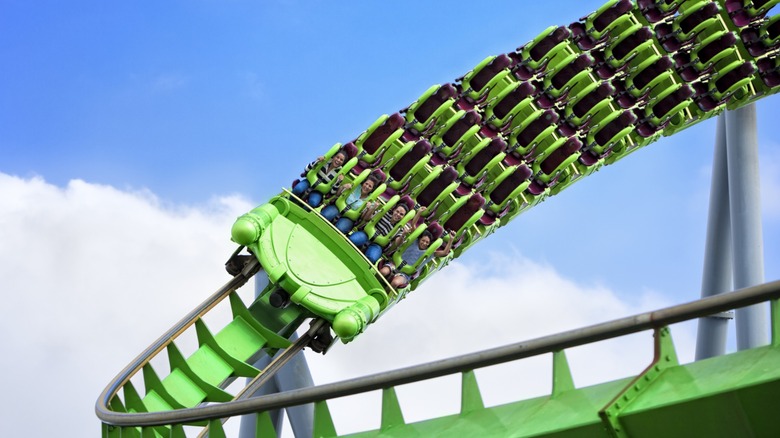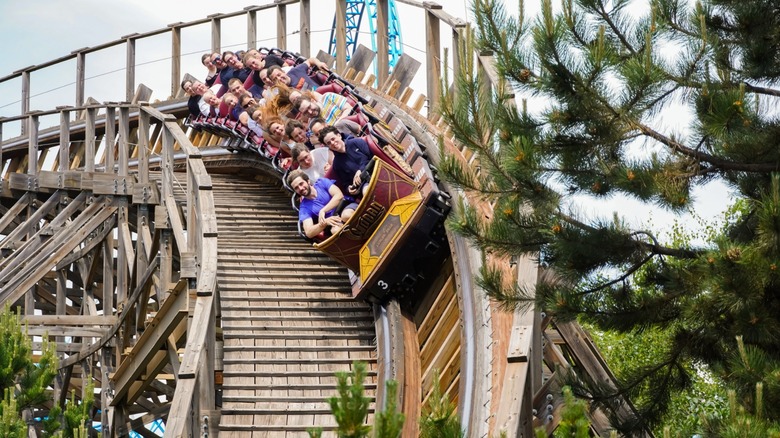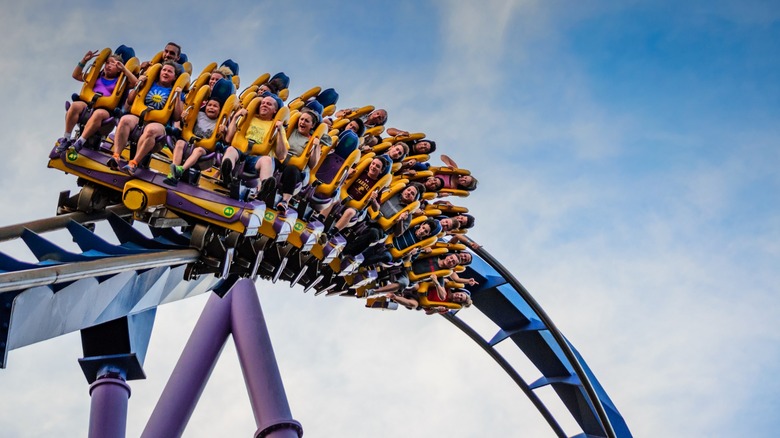Theme Park Engineering: The Technology Behind A Launch Roller Coaster's Incredible Speed
Thrill seekers and amusement park lovers may live for the high-octane rush of launch roller coasters but most probably never consider how they actually work. Some would probably make the mistake of thinking that roller coasters were simple mechanisms; after all, how complex could a rail and cart truly be? Though it may surprise you to learn, most roller coasters that launch you use sophisticated technology that relies on electromagnetic forces.
Electromagnets are made from conductive wire wrapped around metal with an electrical current flowing through them. This process induces a magnetic field across the metal, which can then be used to propel the coaster along the tracks using the field's opposing forces. This technology enables coasters to climb to high speeds in very short periods of time without moving parts, reducing the stress and wear from constant operation.
Today, this competitive advantage makes magnetic launch coasters the most widely used roller coaster system across the world's amusement parks. That said, new technology is always being discovered, and engineers are constantly improving upon the old model, much as they did when magnetic launch coasters were originally invented.
Two main types of magnetic roller coaster launchers
Electromagnetic roller coaster systems that utilize electrically induced magnetic fields come in two main types: Linear induction motors (LIM) and linear synchronous motors (LSM). Roller coasters powered by electromagnetic technology have a metal fin on the track that aligns with a fin on the train that passes over each other with a small gap, never actually making contact with one another.
The main difference between LIM and LSM launchers is how they utilize the electromagnetic current. LIM launchers use a non-directional magnetic metal with dipoles at random locations. The two magnetic fields generate what is known as an Eddy current that induces an oppositional field when the train passes over the track fins, propelling the cart along the track at high speeds.
LSM coasters, on the other hand, utilize a magnet on the train cart itself, controlled by a computerized system. This makes the LSM coaster launcher the preferred type in most roller coasters today due to its ability to use programmatic commands to break, decelerate, or even move backward using the same technology. LSM coasters cost more and require more power than LIM roller coasters.
Though it might seem confusing and like a lot of physics jargon, modern launch roller coasters are essentially two magnetic currents that are attracted to, then pushed away from each other, which enables the cart to move without actually having to have wheels that make contact with the track.
Other launcher types exist
Because magnetic launchers don't feature moving parts, they cut down on wear and tear and make them much more affordable to operate over time, which has contributed to their popularity. That said, there are other kinds of roller coaster launch systems, two of which are the hydraulic launch and compressed air launch roller coasters.
As the name implies, hydraulic roller coasters utilize hydraulic fluid in tanks along with cables and hydraulic motors to propel the roller coaster cart along the tracks. This launcher method would be used in a variety of coasters leading up to the mid-'90s when electromagnets started gaining in popularity. The fastest modern-day hydraulic coaster in the world is the Formula Rossa, which can go more than 200 miles per hour.
Similarly, the compressed air launcher or Air Launch Coaster developed by S&S Worldwide utilizes air to propel the coaster, with the fastest launch in North America currently using this technology in Six Flags' Maxx Force, which — like the Formula Rossa — aims to give riders a taste of what it feels like to blast off in a Formula One car.
Engineers are working on new roller coaster technology
Roller coaster technology has come quite a long way from its humble origins. Many coasters in the early 1900s utilized wooden frames that were incapable of loops and other more complex rail configurations. It wouldn't be until the 1940s that parks started using steel in roller coasters. In 1959, Disneyland was the first park to start utilizing tubular steel tracks, which opened up a world of possibilities for engineers.
1996 would mark the first time an electromagnet-propelled launcher was used in a roller coaster. This was thanks to the Flight of Fear at Kings Island and Kings Dominion, which had the first LIM motor ever used in a roller coaster.
Today, roller coaster engineers utilize a variety of technology and tools to develop even more fun experiences for thrill seekers. That includes SeaWorld San Antonio's Catapult Falls, which aims to be the first launched flume coaster.
Another new coaster is the Cedar Point Top Thrill 2, which will use "Lightning Launch," developed by Zamperla Roller Coasters. Top Thrill 2 will launch multiple times, with a third launch at the ride's top speed of 120 miles per hour. Both new coasters are scheduled for a 2024 launch.



